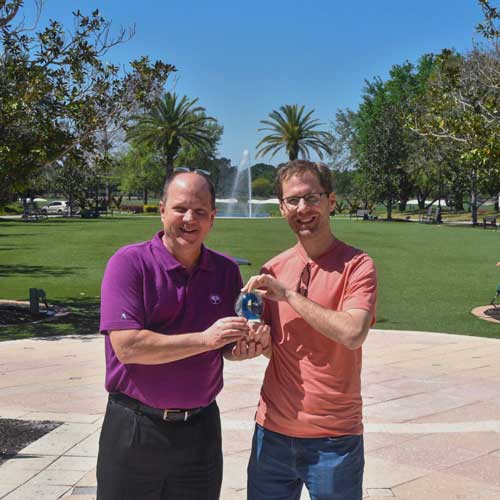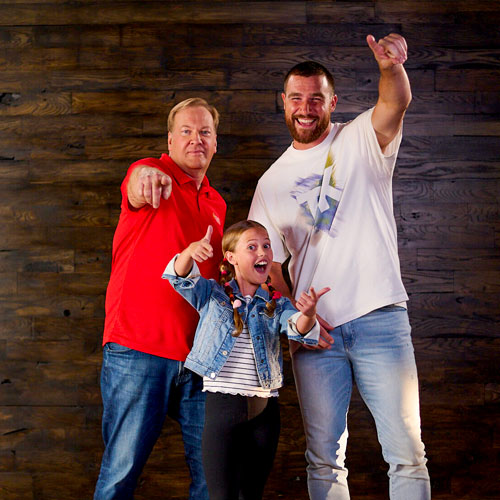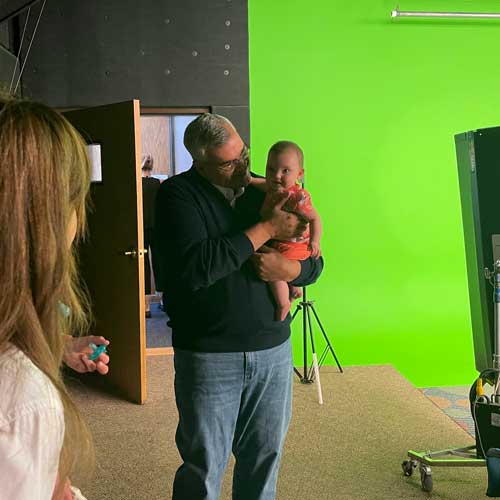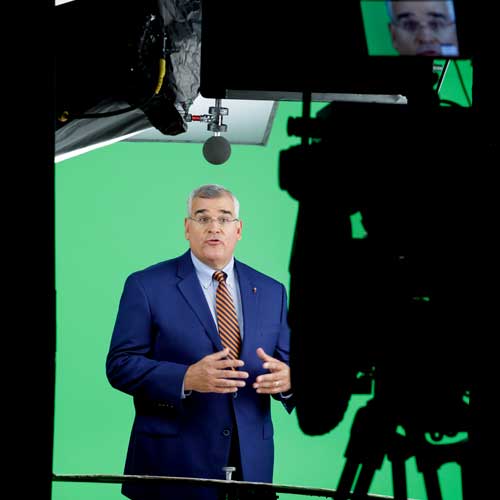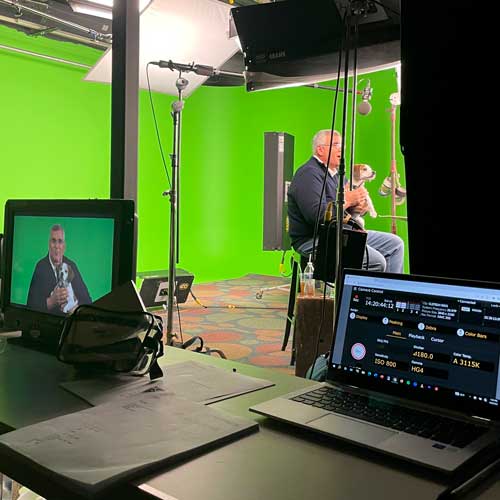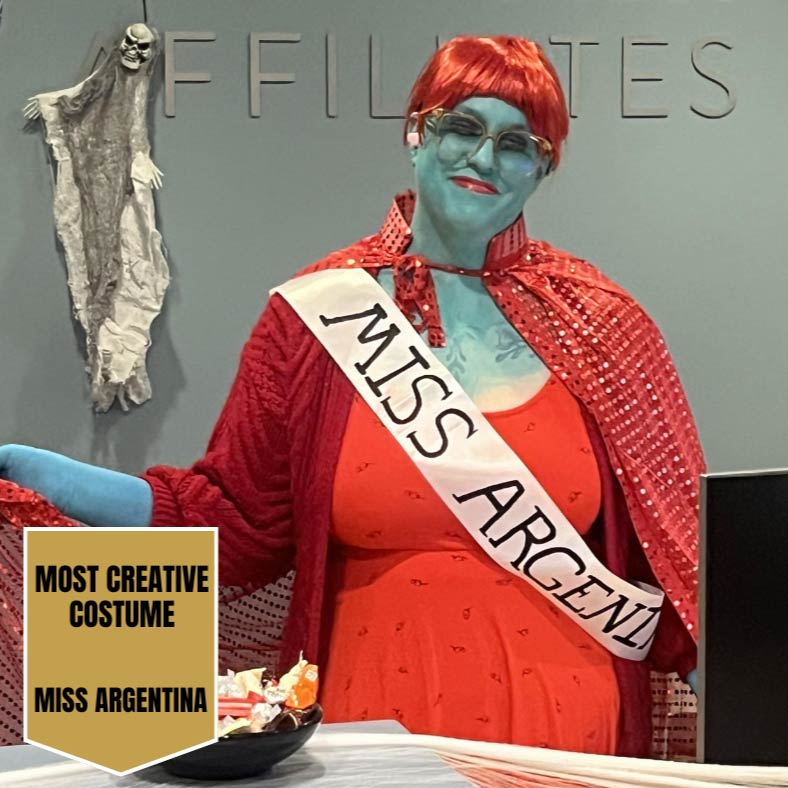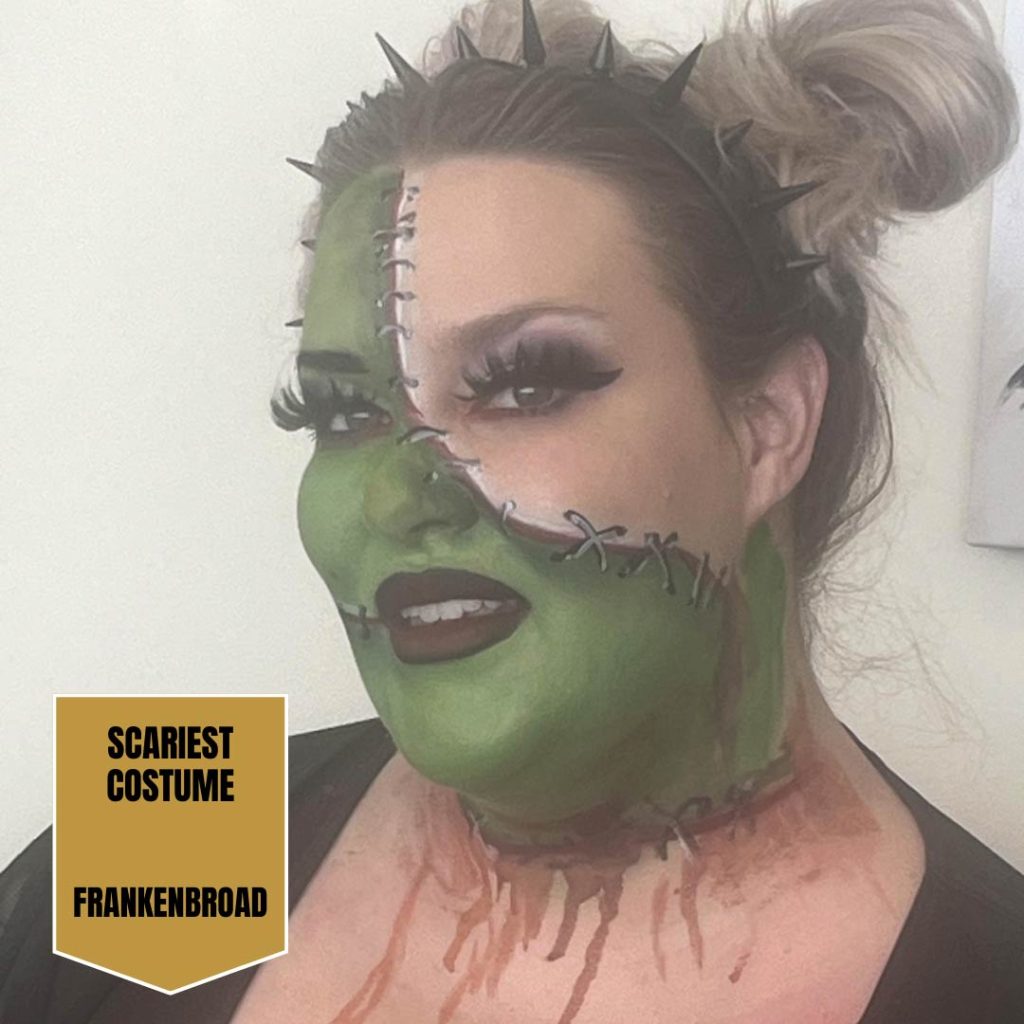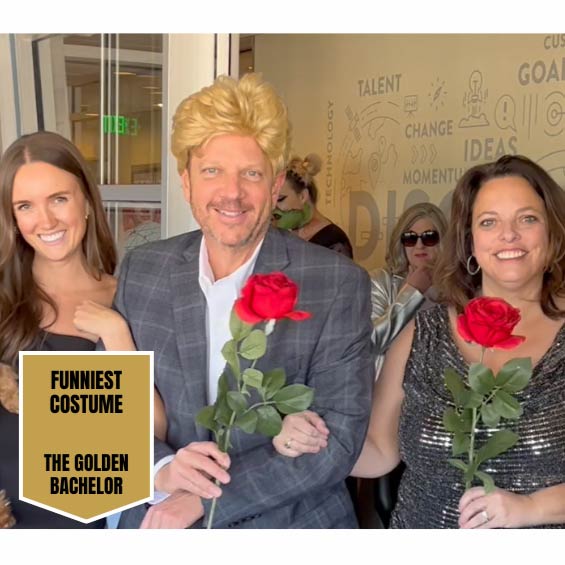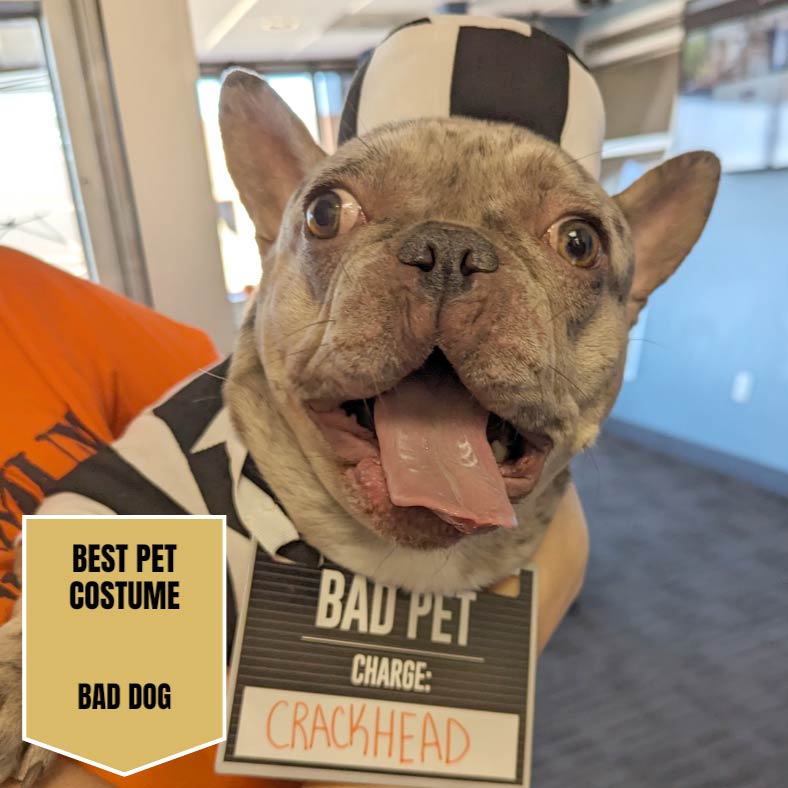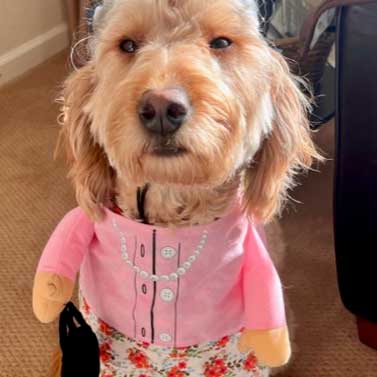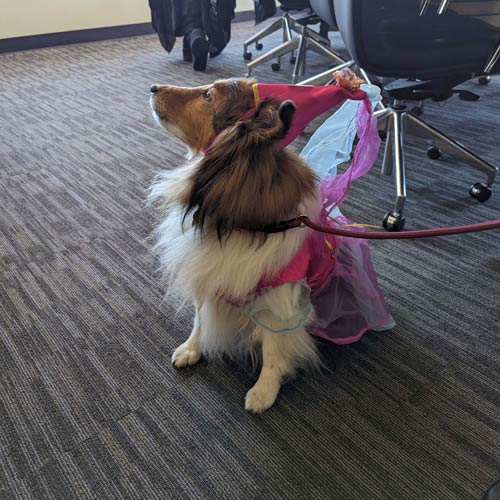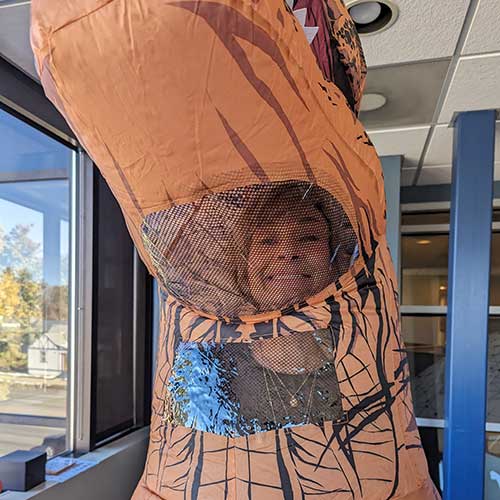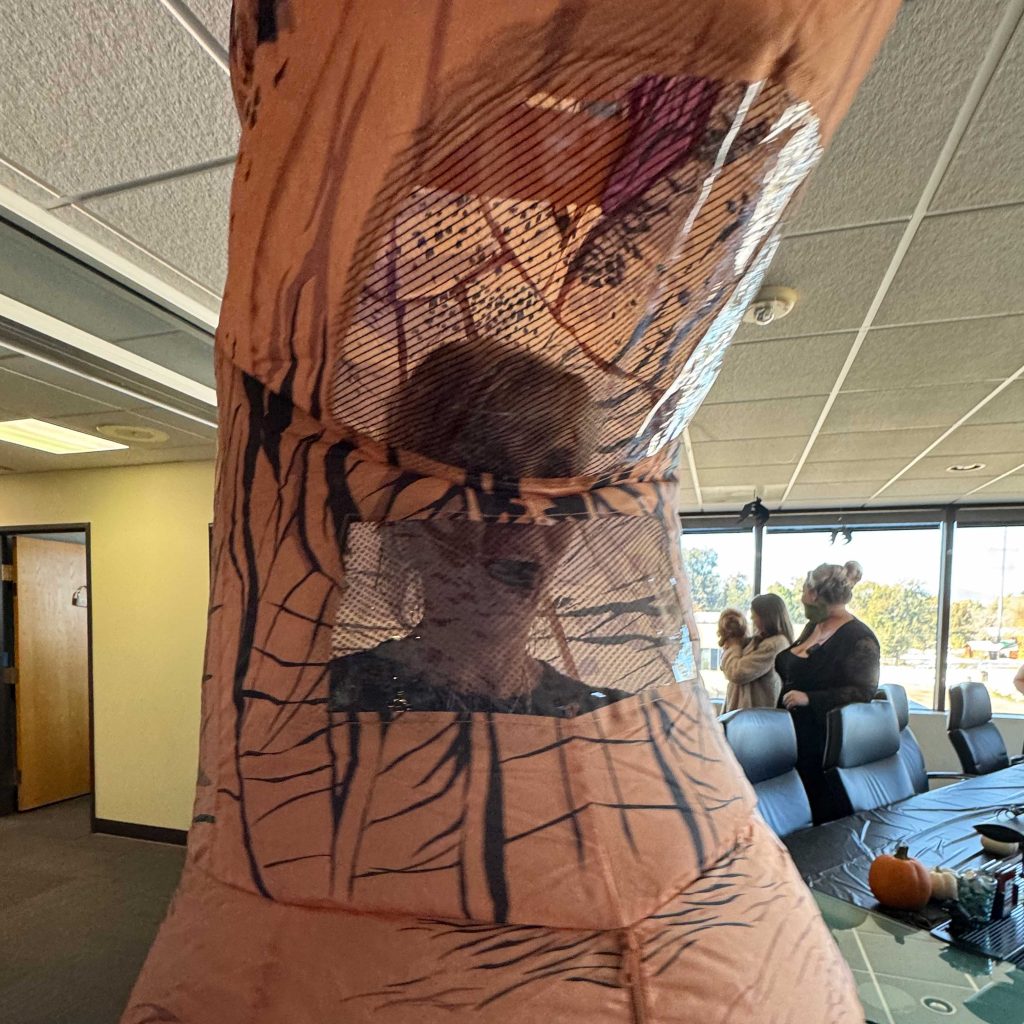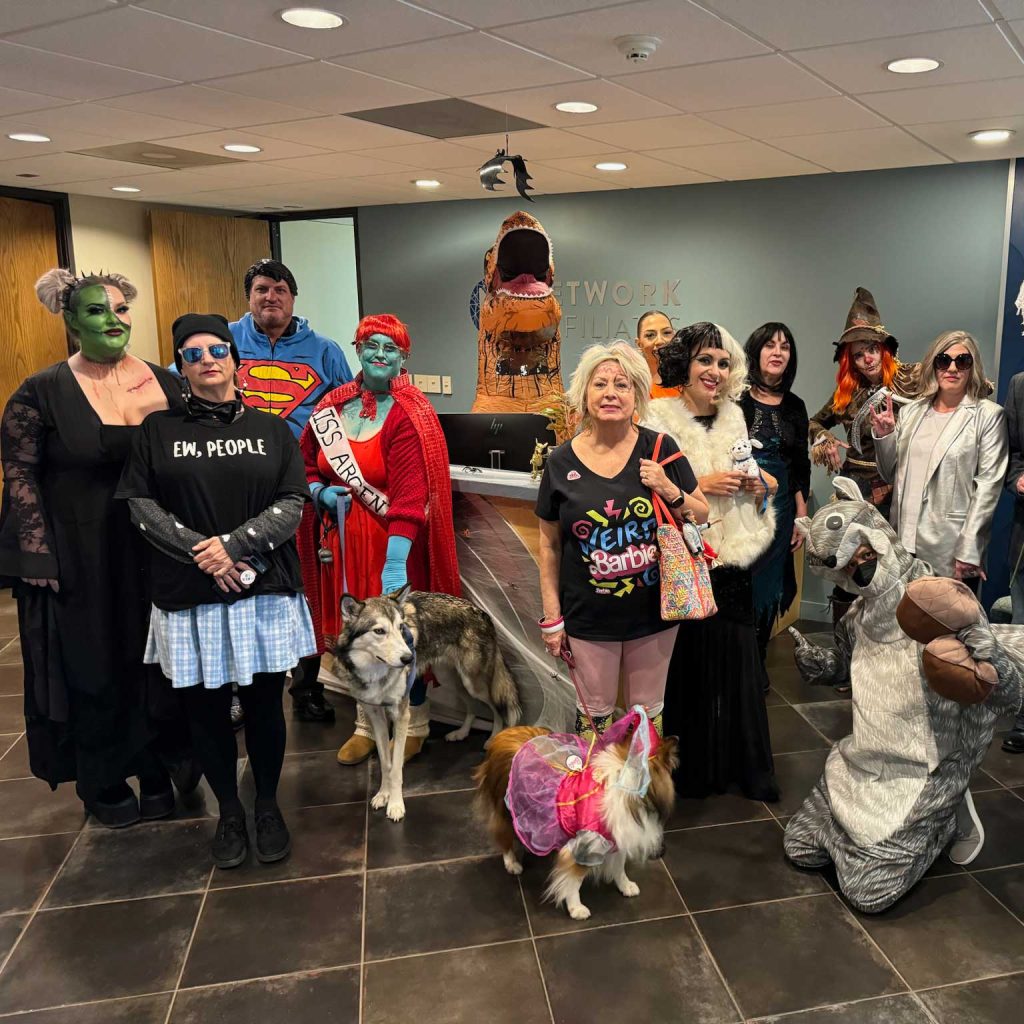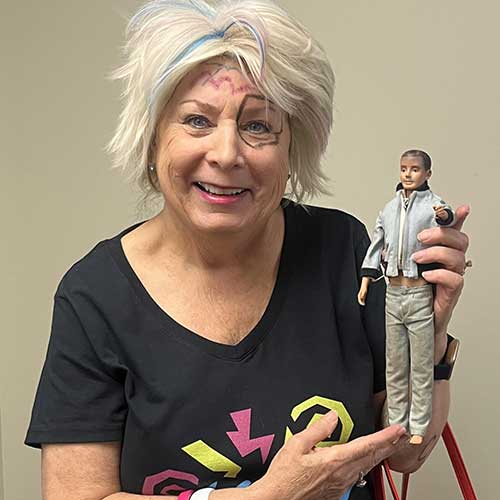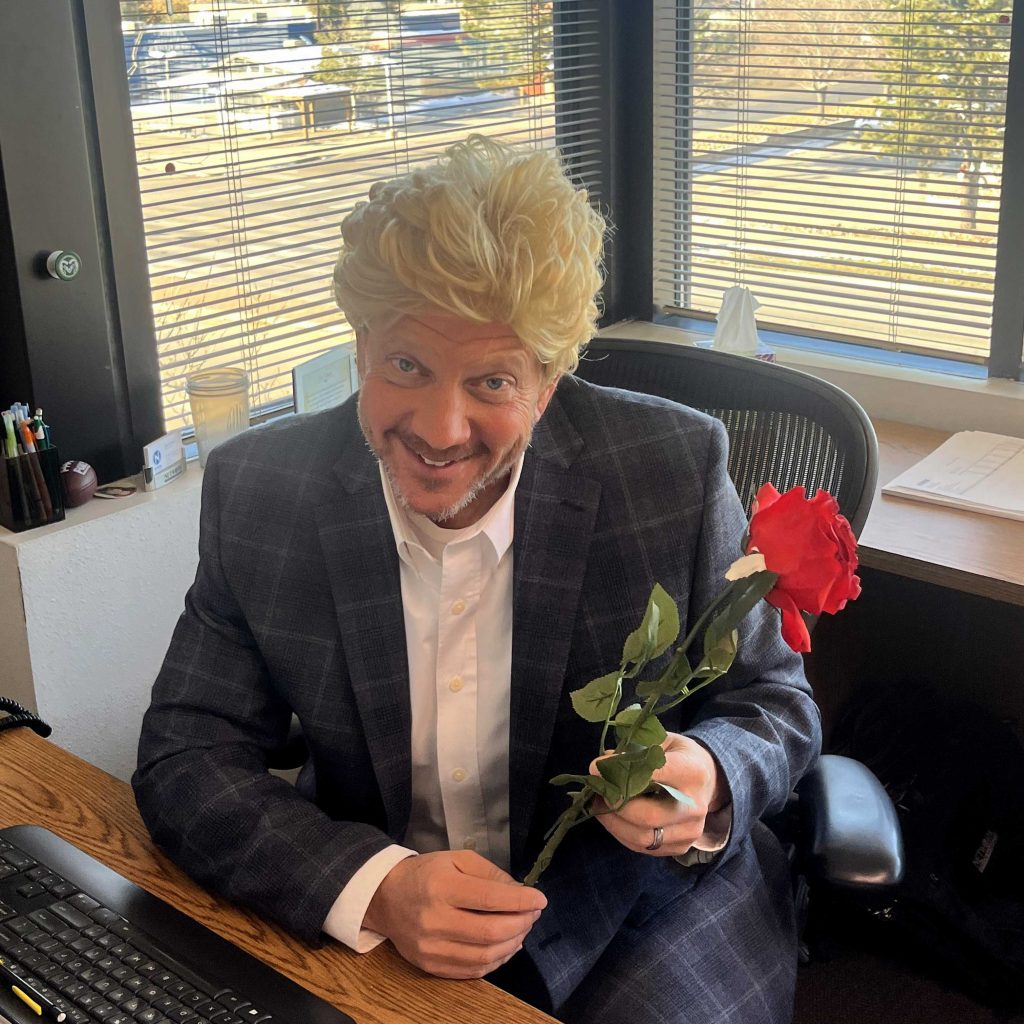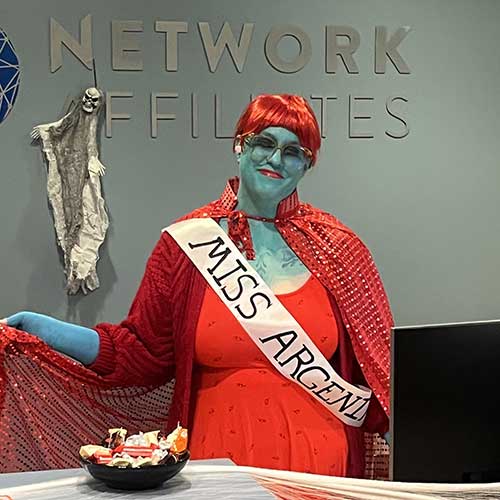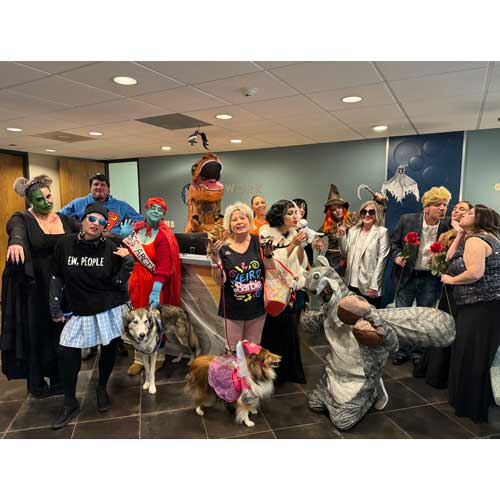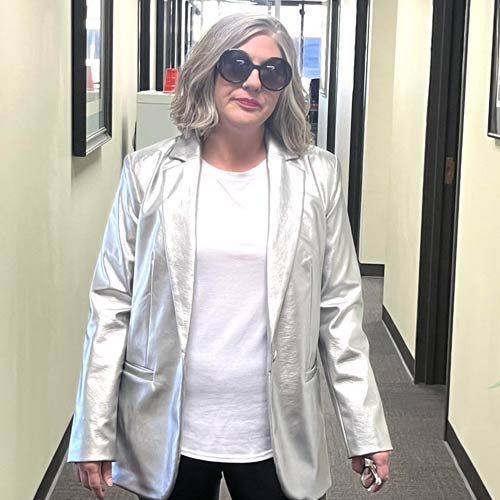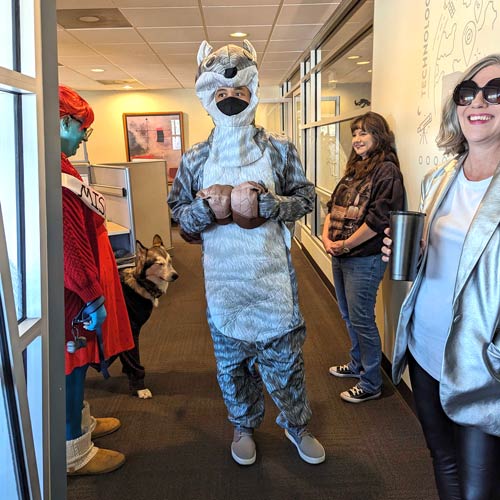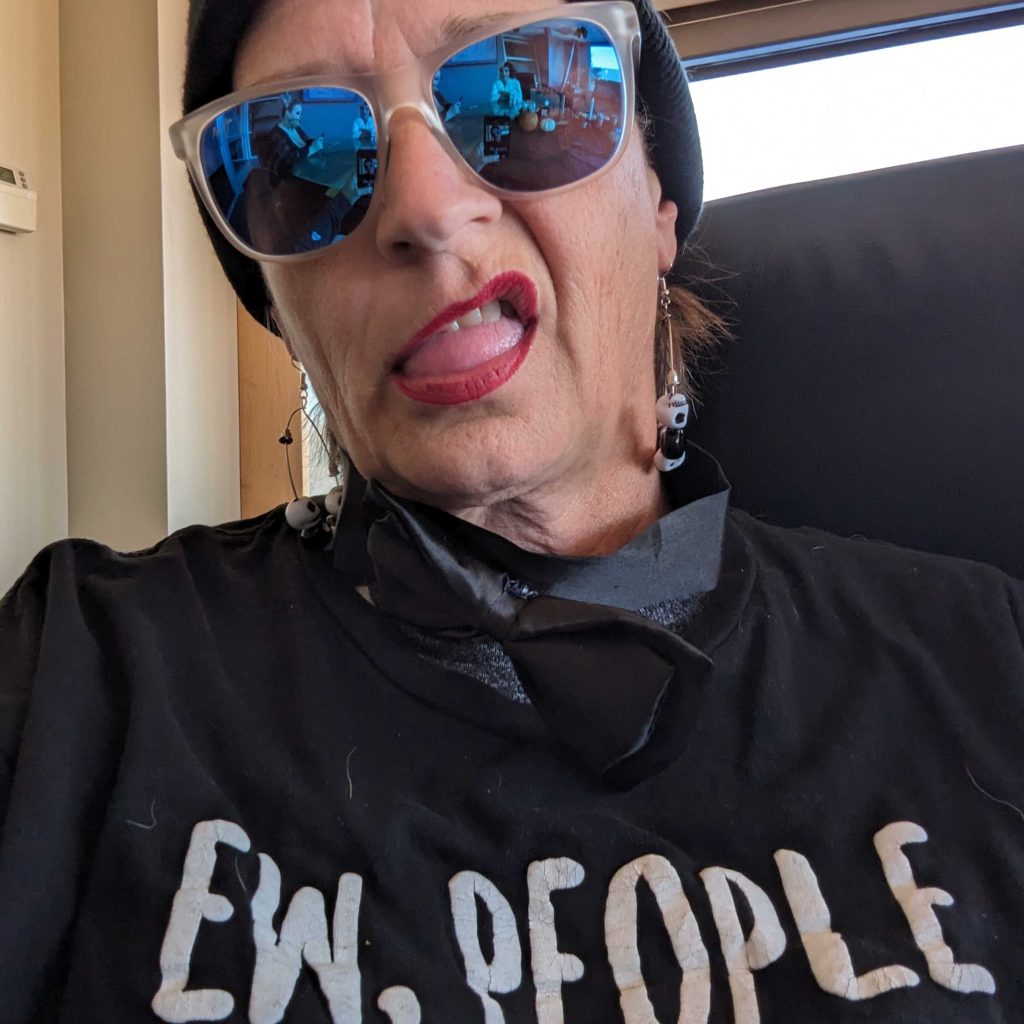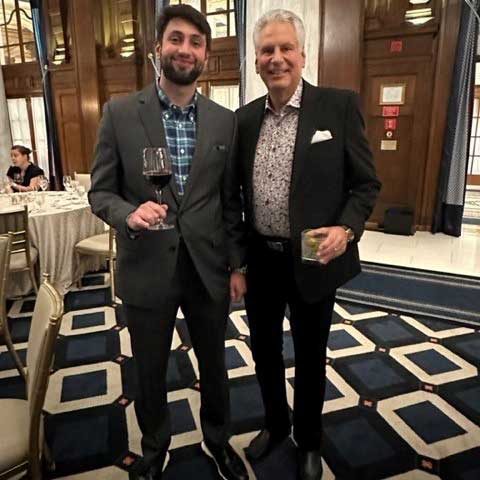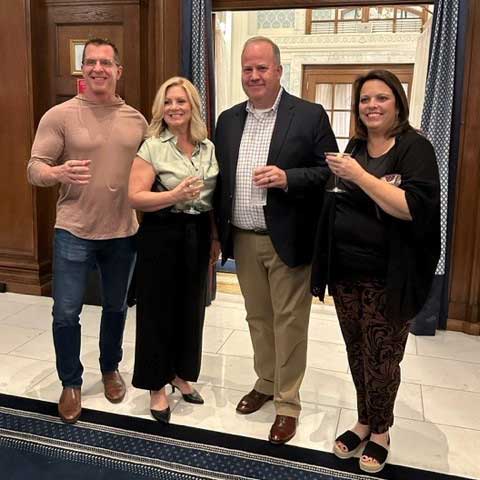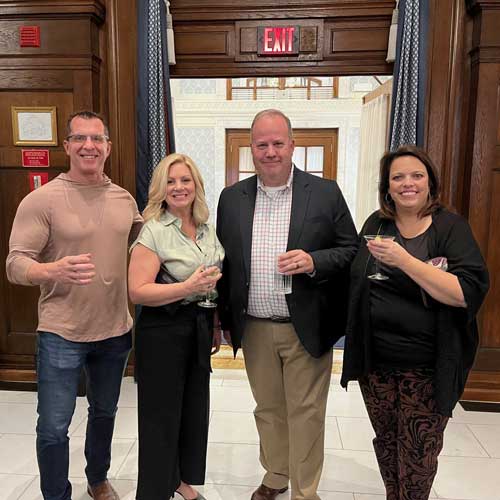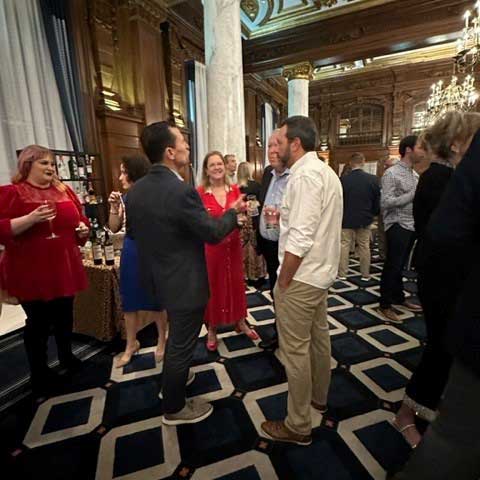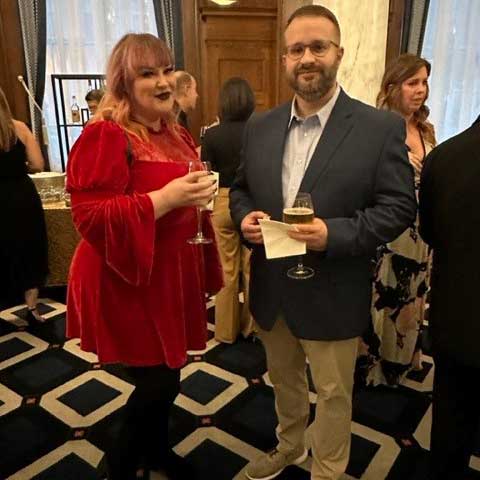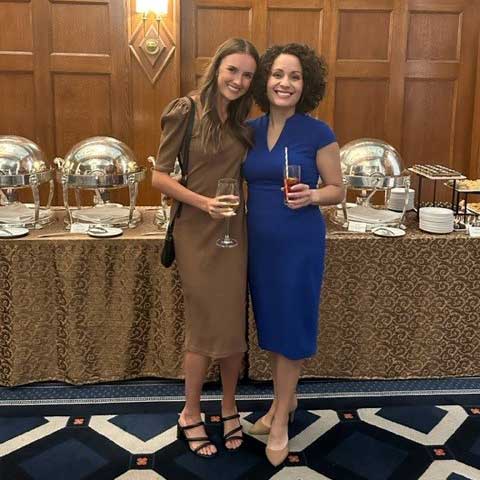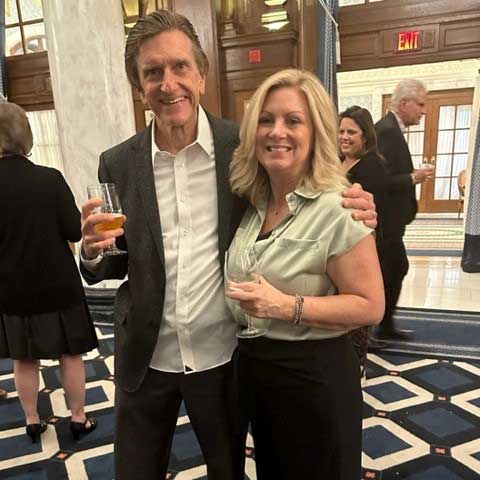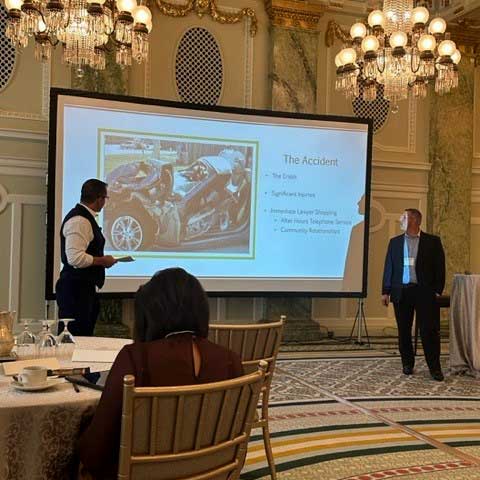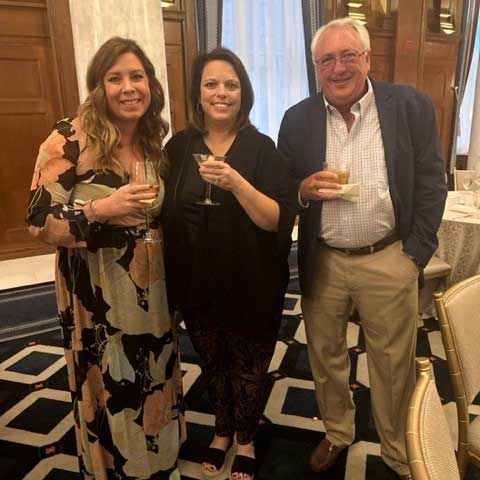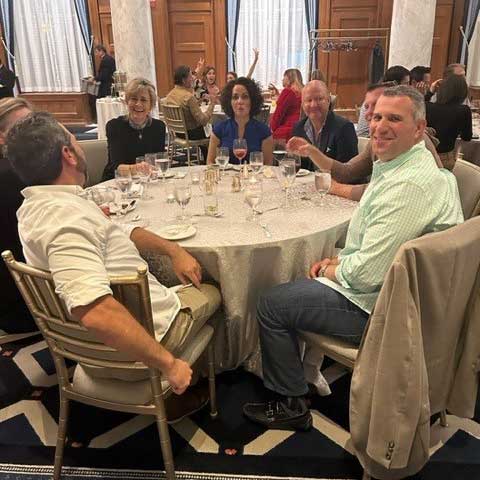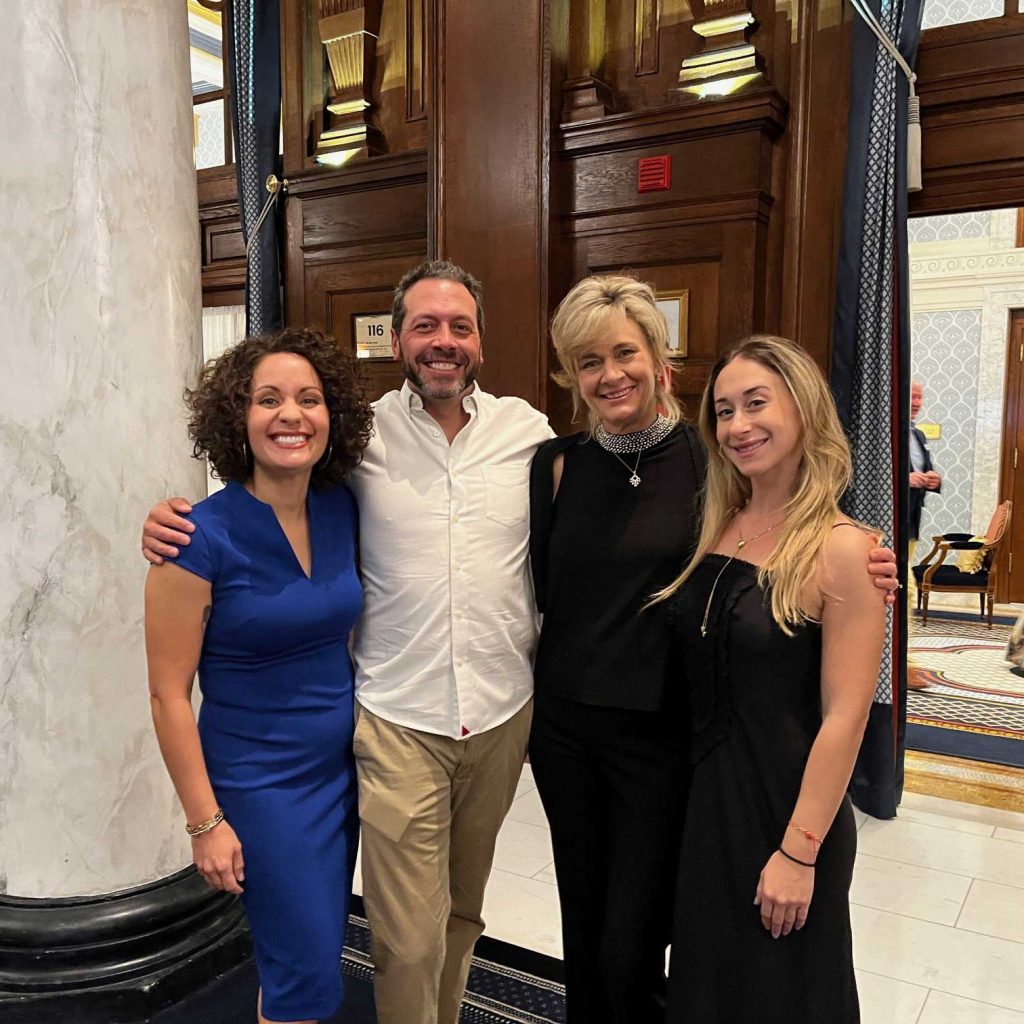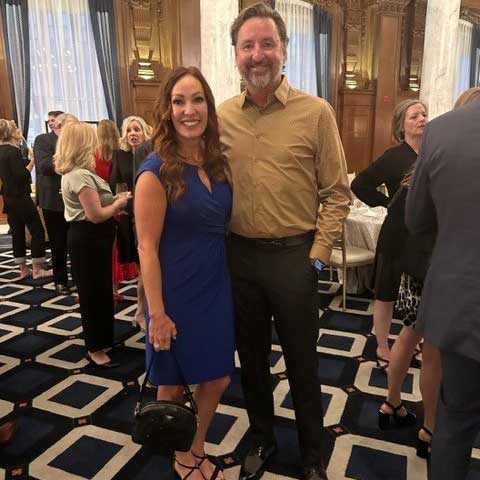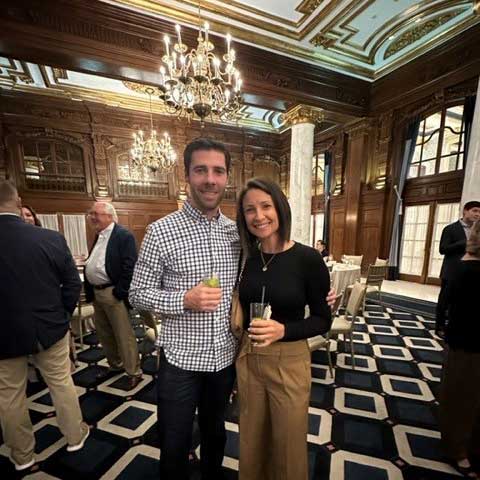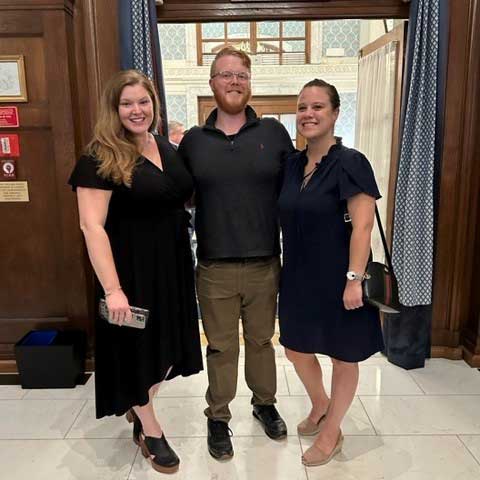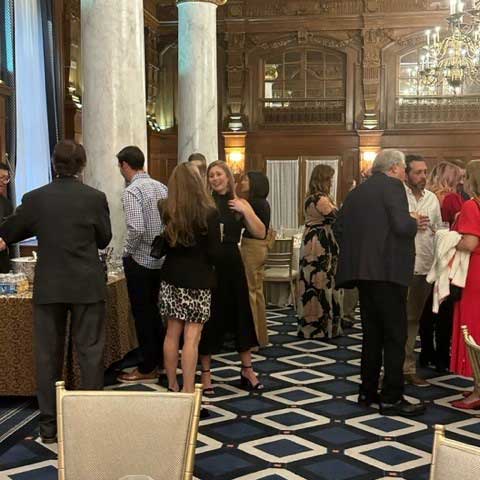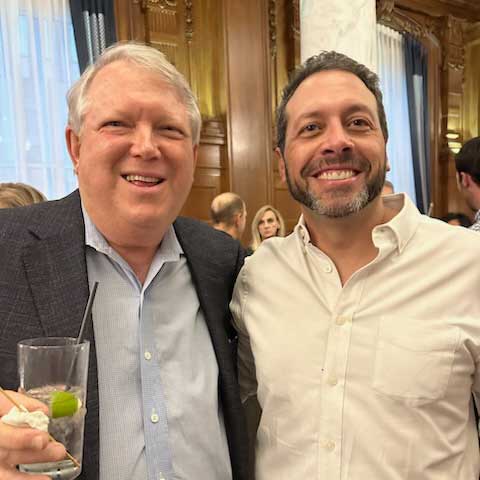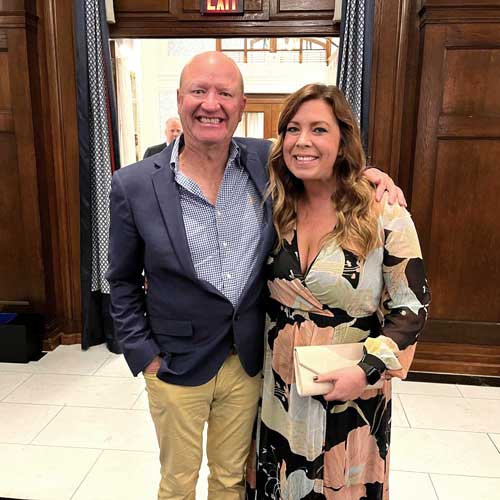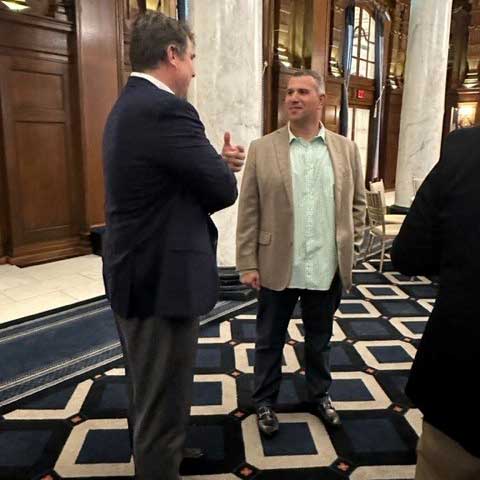For all the value that numerous digital advertising efforts can bring, there is probably no greater platform for connecting with potential and existing clients than their inboxes. Database marketing is extremely effective, but there can be challenges about how to use it, when to use it, and to whom you should send it.
Emails foster top-of-mind awareness, which is among law firms’ most powerful marketing assets. After all, you aren’t at the scene of an accident or injury, but you can help to ensure that when the need arises, your firm is the first that springs to mind. Invite people to call you when they need your expertise and help. Database marketing is all about establishing a relationship with those who have contacted you, and nurturing and building those relationships. Why did they call you? What made your firm stand out from your competitors?
Thought leadership builds trust with your audience–creating a valuable relationship keeps your brand top-of-mind and gives you an advantage over your competition. Becoming a leading voice in your market can also lead to beneficial referral sources and as a result more quality cases.
You’ve heard that content is king, and as cliché as that might be, it’s certainly true of your clients’ inboxes. No one wants to open an email that isn’t worth reading. Like most other digital marketing efforts, database marketing for law firms should be thoughtful and strategic. But there are a few general rules of thumb: make it engaging, valuable to the reader and interesting. Targeted, engaging emails with information that benefits the reader can build valuable relationships.
As with all our efforts, our focus is on increasing your share of voice & market share. That means monitoring open rates, click-through rates, conversions, and much more. If something isn’t working as well as it should be, we make intuitive changes. In the right hands, email communications absolutely can be effective. Your goal is to be chosen should the need arise for your service, right? Value the power of ongoing connection with your database. It works!
If you’d like to know more about our database marketing strategy, we’d love to hear from you. Call us today at 888-461-1016, or let us know you’re interested online, and we’ll get in touch with you.
